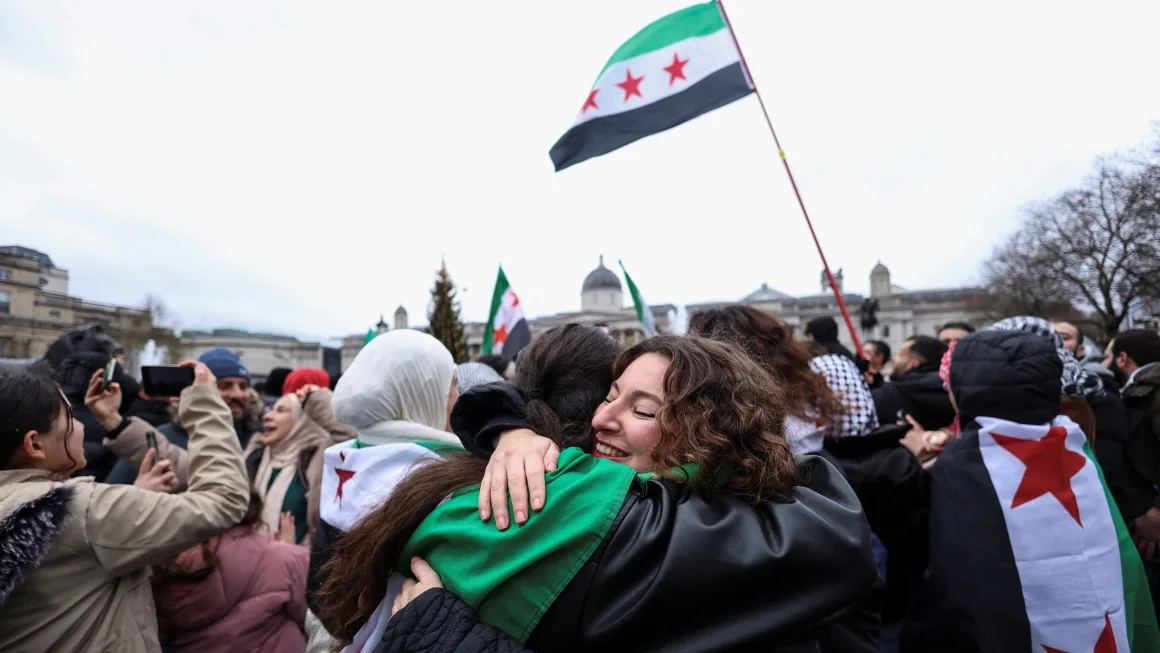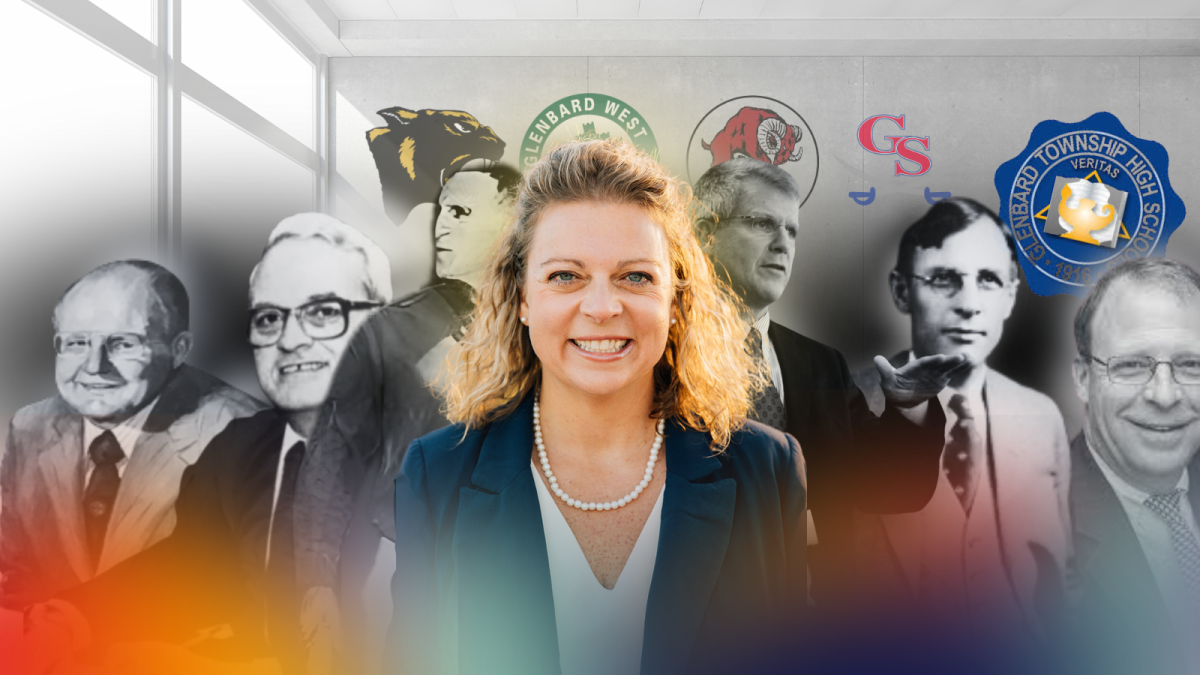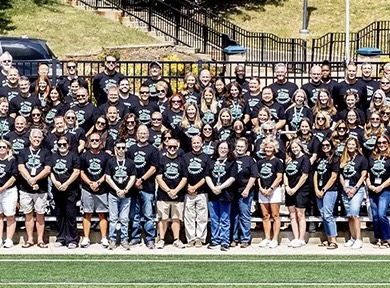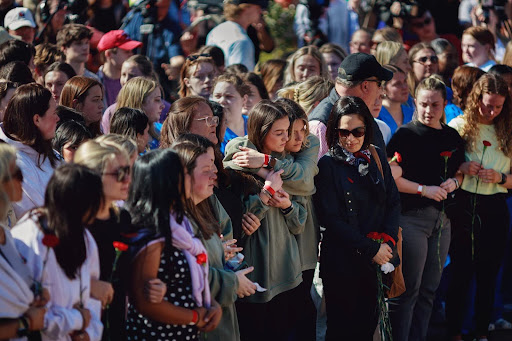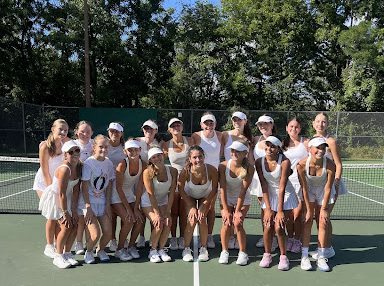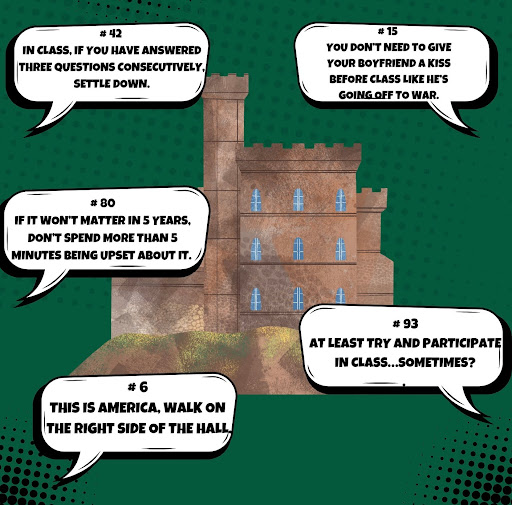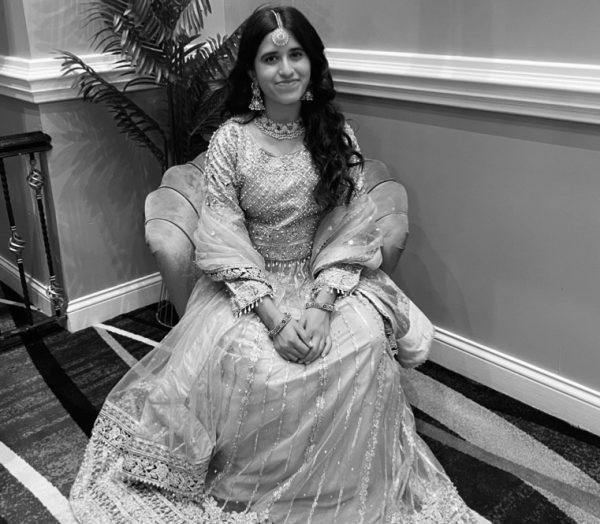Current situation in Syria
Syria is finally free of Bashar al Assad’s rule after rebel groups toppled his government on December 8th 2024, with just 11 days of fighting.
Assad’s family led with an iron fist for 54 years. The history of the bloodshed in Syria goes back to the Syrian Civil War. The whole world currently has its eyes on Syria, due to the events that took place on December 8th, 2024. Rebels, specifically Hayat Tahrir al Sham, (HTS), led by al- Jolani, entered Damascus faster than anticipated because of damage done from other militia groups. HTS quickly took control of the international airport, the state TV building and other strategic government facilities and cities. They took over key cities such as Aleppo, Hama, Daraa and Homs, surrounding the capital and the Assad government. To get a better grasp on the topic one must understand the beginnings of Bashar al Assad’s rule.
Beginning of Bashar al Assad’s rule, and build up to civil war
Bashar al Assad took office when he was 33 in 2000, after his father Hafez al Assad died. Hafez’s rule started in 1971. Bashar al Assad, similar to his father Hafez al Assad, always used violence and imprisonment to silence his own people. He did this through his political party in control of the army, known as the Baath party since he has always been paranoid about conspiracies against the government.
During the deadly drought in 2006, Assad would not prioritize resources for Syrians who lived in drought stricken areas. Assad also made many biased decisions supporting his inner circle with fraud, making many Syrians feel marginalized during their time of need. This is when protestors standing against the Assad regime started being attacked by the Ba’ath party.
The whole world saw Bashar al Assad’s true colors when he responded to the peaceful protesters during the Arab spring in 2011 by shooting at crowds, abducting people, separating families, killing people in public as well as the infamous Saydnaya prison known as the “human slaughterhouse” where human torture devices would be tested.
The Arab spring was inspired by the Jasmine Revolution in Tunisia, and later spread to Egypt ending their 54 year dictatorship in 2011. This gave hope to Syrians and caused civilians to participate in the Arab spring protests within their own country. Ba’ath party soldiers (Bashar al Assad’s official army and political party) started shooting at the crowds of peaceful civilians as well as using army weapons such as tanks, machine guns and chemical weapons under Bashar al Assad’s command.
A detrimental event took place in the city of Daraa on March 6, 2011 when 15 teenage boys wrote the slogan “the people want the regime to fall” with graffiti art. In response,the Syrian authorities arrested and tortured each of the boys before killing them. This outraged Syrian civilians and there were protests throughout Syria many anti Assad militia groups formed around the same time.
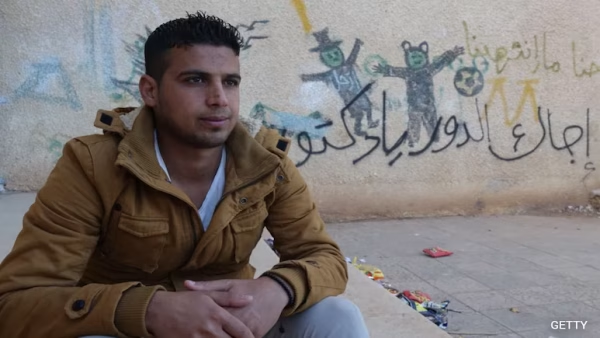
Bashar al Assad also attacked his own people with military chemical weapons that are against international law to use, in past three instances, those being:
- Ghouta attack 2013,
- khan shaykhun attack 2017,
- douma attack 2018.
This led to the US, France and the UK, striking Assad’s military bases after he denied these actions. Many other examples of Bashars cruelty towards his people include people going missing after any engagement with the Ba’ath party, torturing and separating families.
These key events, specifically the violence against protests, led to the emergence of militia groups and the official Syrian civil war. This civil war was known as a proxy war, when multiple groups and countries were involved, all of them having different allies and oppositions.
Who are all the opposing groups against Assad and who supports Assad’s government?
Many different rebel groups emerged during the civil war with many alliances emerging, Most of the organized militia groups and alliances opposing Assad includes:
Hayat Tahrir al-Sham (HTS)- HTS was formerly the Nusra Front, which had ties with Al Qaeda. Al Qaeda branched out and made the Nusra Front/HTS to focus more on the Syrian civil war. HTS has collaborated with other rebel groups against common enemies, the Syrian army and ISIS. They have a minimal amount of allies since they are adamant about their independence. Their main leader is known as abu Mohammed al Jolani or his real name Ahmad al sharaa. AlJolani has been a part of other groups like ISIS and Al Qaeda, left them due to ideology differences.He has changed his name due to him being apart of different groups and privacy.
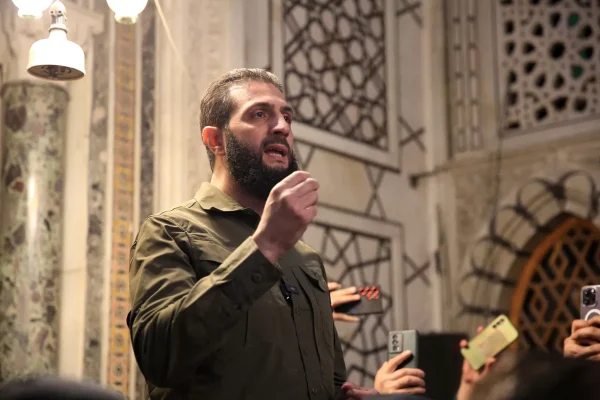
ISIS (Islamic state in Iraq and Syria)- originated from al qaeda in the Iraqi war in 2006 known as ISI and became ISIS , being more involved in Syria. ISIS had control of Eastern bits of Syria including Al- raqqah and ruled with strict Islamic laws. ISIS had many feuds due to their extreme ideas. Opposing groups include the US, Kurdish forces, the nusra front (aka HTS) and Assad’s Syrian government. Allies included individuals and other rebel groups due to sympathy towards their extreme ideologies
Free Syrian Army (FSA)- the FSA was made up of soldiers who left Bashar al Assad’s official army since they realized they were a part of corrupt and overly violent acts towards innocent civilians. FSA defended protesters and preached the message to the Ba’ath party to join them and free Syria. The US was willing to train the FSA through a modest program through pentagon military assistance by equipping groups who were not affiliated with al qaeda and other groups like HTS and ISIS. Another group branched from FSA is known as the SNA, which is more aligned with Turkey against the Kurds.
The Kurds (from stateless nation Kurdistan)- Kurdistan is a stateless nation that bleeds into parts of Iran, Iraq, Syria, Armenia and mostly Turkey. The Kurds took control of the northern bits of Syria early on in the civil war. They have always had a feud with ISIS since they previously fought in Iraq, Turkey has always had a feud against the Kurds for a long time since they have been trying to attain their own state by taking out a chunk of Turkey. The SDF (Syrian democratic forces) is another group that is predominantly Kurdish, supported by many western powers.
Outside countries affiliations with rebel groups
Turkey has been funding many anti Assad militant groups, the main group they support is the Syrian national army which is a collection of many other groups formed in 2017. The SNA is affiliated with the FSA, it aligns more with Turkey and focuses on conquering the land the Kurds inhabit on turkeys behalf since Turkey and the Kurds have always been against each other.
The US is very focused on aiding a few groups that are against Bashar al Assad’s government, America has been greatly finding and helping the FSA, as well as the Syrian democratic forces, which mainly consists of Kurds. Western powers such as the US and Germany support the SDF since their fight against ISIS as well. But the SDF was affiliated with the Syrian government for years and is slightly supported by Russia to fight against the SNA to regain Kurdish territory. America also supports the new Syrian army stationed near Iraq opposing Assad.
Saudi Arabia and Qatar have slightly Invested military efforts in numerous rebel groups in the past, but not as much as other western powers and Arab countries. They had a say in what would happen to Syria since they are bitter influential countries within the Arab league, Saudi and Qatar were a part of the decision to remove Bashar al Assad from the Arab league.
Bashar al-Assad’s allies and armies.
Alawites– religious minority that inhabits the coast. The Assad family shares an ethnicity with this minority, explaining their alliance. This coast inhabited by the Alawites was also occupied with Russian troops.
Ba’ath party– the Baath party was established in Syria in 1963 by Michel Alfaq. It started out as a Pan Arabist party, its goals being to establish one Arab nation, until Hafez al Assad secured control over them in 1970. Hafez taking control led to the formation of the Baath party, (Syrian political army with military control)
Iran– Iran was a very important ally to Assad. They would fund Hezbollah’s organizations and send cargo flights with weapons and materials almost daily to ensure that Hezbollah would properly help stabilize Bashar al Assad’s rule. Iran has been preoccupied with the attacks on Lebanon from Israel, their efforts towards Gaza have been active as well, lessening their support towards Assad.
Russia– Assad is currently seeking asylum in Russia at the moment because of their history of supporting each other. Russia has sent airstrikes against many opposing militia groups greatly helping Bashar al Assad in the past. Russia has been focusing their efforts on war with Ukraine, weakening Bashar al Assad’s system since Russia’s assistance declined.
Hezbollah– Hezbollah is a military group that was created to drive Israelis forces out of Lebanon in 1982, but stayed in power with an influential military presence. They have been sending soldiers to fight alongside the Syrian government against opposing groups in order to help stabilize Bashar al Assad’s control. Hezbollah has been heavily supported by Iran by military aid.
Due to the change in leadership from Bashar al Assad to the current president of the interim government, al Jolani, many new policies and laws are in the making in order to insure a smooth transition for Syria. The most notable efforts that al Jolani has been working on is the dismantlement of militia groups such as ISIS and Kurdish affiliates.

